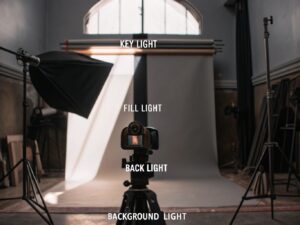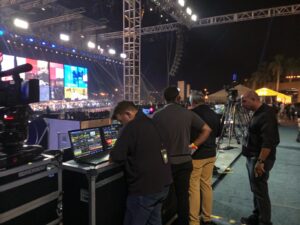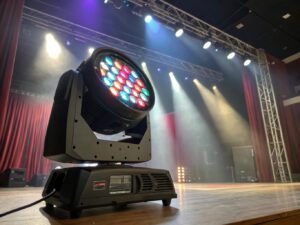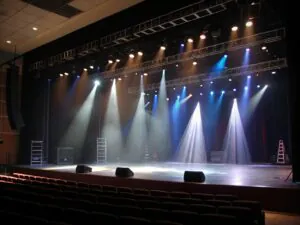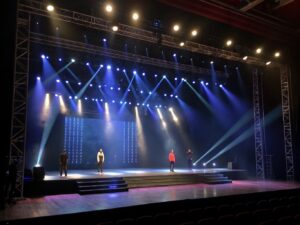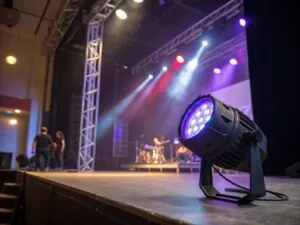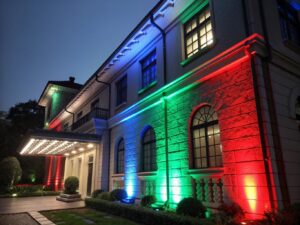
What Makes Warm White LED Wall Washers So Welcoming?
Does your architectural or stage lighting feel cold and sterile? That harsh, blue-toned light can make even the most beautiful spaces feel clinical and unwelcoming. Elevate your design with a warmer glow.
Warm white LED wall washers produce a soft, inviting light with a yellowish hue, similar to traditional incandescent bulbs. They are perfect for creating a comfortable, cozy, and high-end atmosphere by bathing vertical surfaces in a welcoming and flattering light.

In my 19 years in the lighting world, one of the biggest leaps forward has been the quality of LED color. Early LEDs were notoriously cold and bluish. Today, the technology is so advanced that we can precisely replicate the warm, familiar glow we've loved for decades. For applications like architectural facades, hotel lobbies, and theatre sets, this has been a game-changer. It allows us to combine the energy efficiency and longevity of LEDs with the classic beauty of warm light.
Can you get warm white LED?
Think all LEDs have that harsh, bluish-white light? This common myth might be stopping you from upgrading from old, power-hungry halogen fixtures, fearing you’ll lose that cozy glow.
Yes, you can absolutely get warm white LEDs. They are specifically engineered to have a low color temperature (2700K-3000K), perfectly mimicking the classic, inviting ambiance of traditional tungsten bulbs while offering all the modern benefits of LED technology.

The "warmth" of a light source is measured in Kelvin (K). The lower the Kelvin number, the warmer or more yellow the light. A traditional incandescent bulb is around 2700K. Early LEDs were often 5000K or higher, which is why they got a reputation for being cold. Modern LEDs, like the ones we build at Monalight, use sophisticated phosphor coatings over a blue LED chip to create light at any desired color temperature. This means we can offer fixtures that produce a beautiful 3000K warm white, ideal for most welcoming applications. It's also important to look at the Color Rendering Index (CRI). A high CRI ensures that the warm light doesn't just look yellow, but also makes skin tones, wood, and fabrics look natural and rich.
Understanding Color Temperature (Kelvin Scale)
| Kelvin (K) | Light Appearance | Common Application |
|---|---|---|
| 2700K | Very Warm White | Cozy residential lighting, fine dining restaurants. |
| 3000K | Warm White | Hospitality, theatres, general architectural lighting. |
| 4000K | Neutral / Natural White | Offices, retail, workspaces. |
| 5000K+ | Cool White / Daylight | Warehouses, hospitals, task-heavy areas. |
What are the disadvantages of warm white lights?
You love the comfortable atmosphere that warm white light creates. But is it always the right choice? Using it in the wrong setting can make a space feel dim or misrepresent colors.
The main disadvantages of warm white light are application-dependent. It provides lower perceived brightness compared to cool white at the same power, and it can distort cool-toned color schemes, making blues and greys appear dull or muddy.
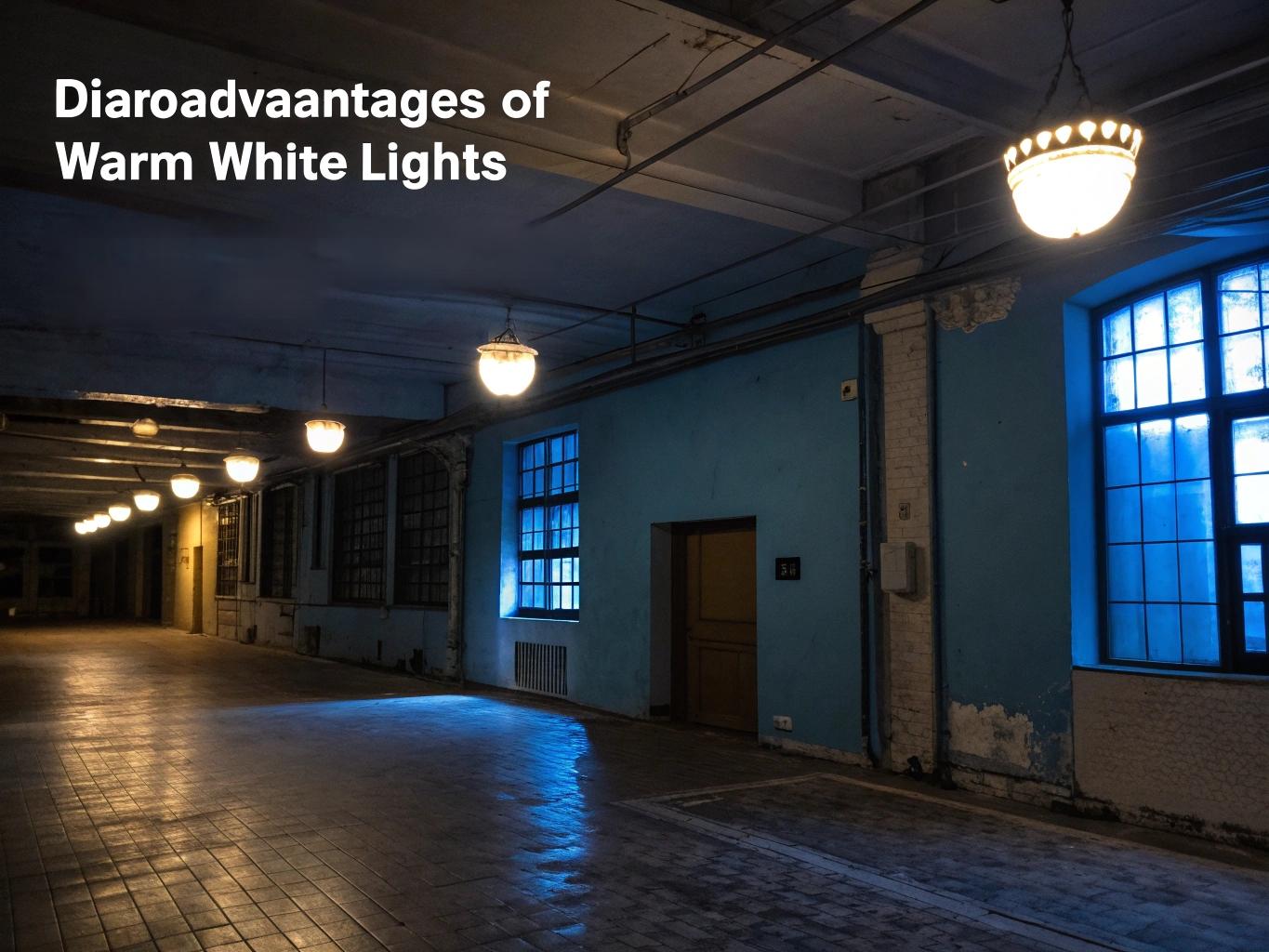
While warm white is fantastic for setting a mood, it's not a universal solution. The first consideration is perceived brightness. Our eyes interpret bluish-white light as being brighter than yellowish-white light, even if they have the same measured lumen output. For a workspace or a security application where maximum clarity is needed, cool white is often the better functional choice. The second factor is color rendering. Warm light is composed of more red and yellow frequencies. This makes warm materials like brick and wood look fantastic, but it can make cool colors like blue, green, or pure white look off. I once had a client who insisted on warm white to light their corporate banner, not realizing it would make their vibrant blue logo look murky and green. It's a perfect example of choosing the light to fit the subject matter.
What is the difference between an LED strip and a wall washer?
You need to light a vertical surface and you see options for both "LED strips" and "wall washers." Choosing the wrong one can lead to uneven light, hotspots, and a disappointing final look.
The critical difference is the optics. A wall washer is a powerful fixture engineered with lenses to throw an even sheet of light across a tall, wide surface. An LED strip is simply a flexible circuit with exposed LEDs, best for close-quarters accent lighting.
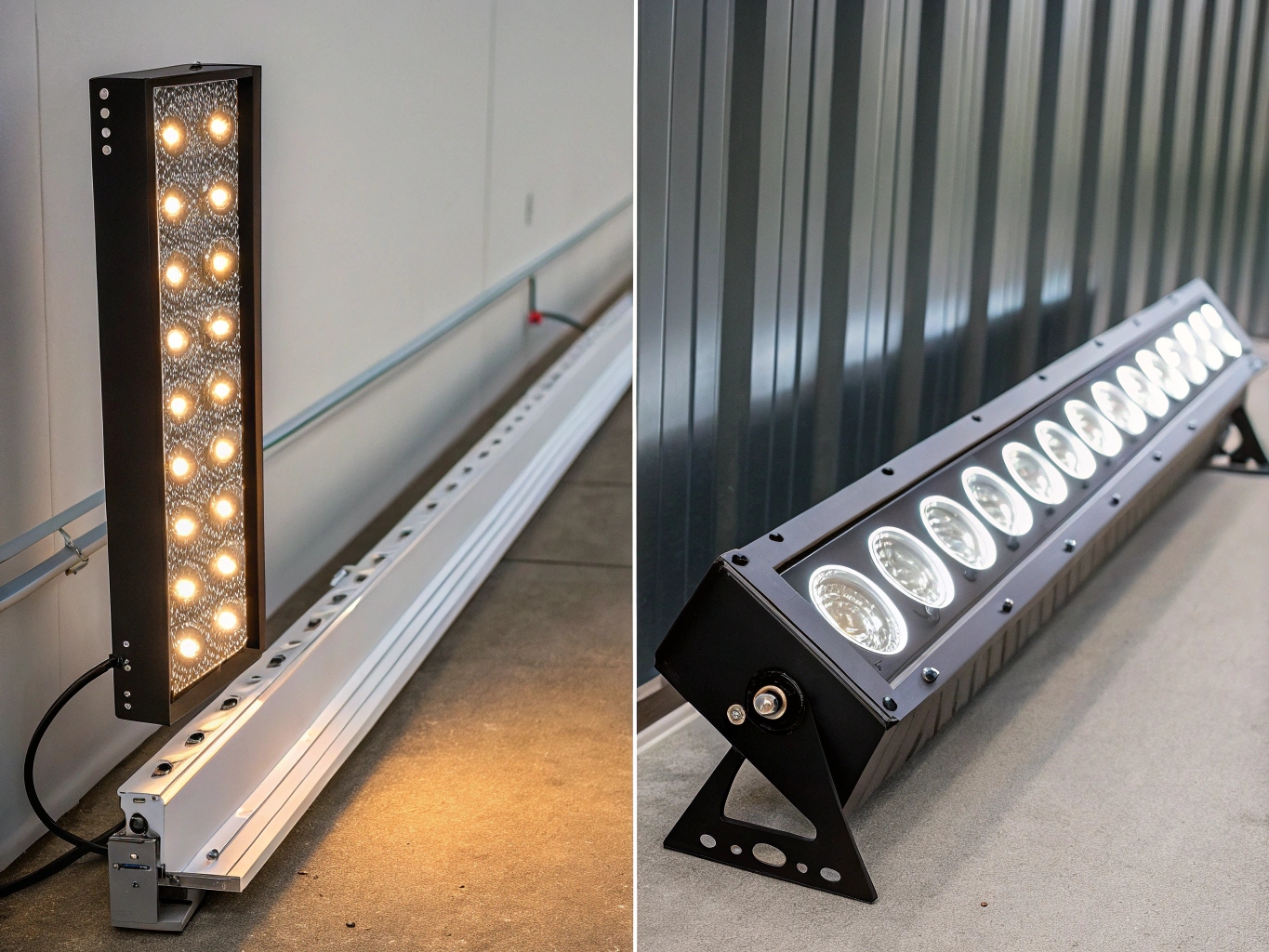
I see this confusion all the time. An LED strip is great for placing under a counter or inside a small cove—its job is to glow. A wall washer, on the other hand, is a high-performance instrument designed to project light. The magic is in the lenses. Our wall washers at Monalight use precision-engineered optics, often with an elliptical beam shape like 15x45 degrees. This shapes the light so it spreads wide horizontally but is focused vertically, allowing it to "wash" evenly up a 20-foot wall from the ground. They are also built for durability, with robust aluminum housings to dissipate heat and high IP ratings for outdoor use. An LED strip simply lacks the power, the optics, and the physical toughness to do the job of a true wall washer.
Wall Washer vs. LED Strip
| Feature | LED Wall Washer | LED Strip Light |
|---|---|---|
| Optics | Yes, engineered lenses for projection | No, exposed LEDs |
| Power | High power for long-distance throw | Low power for close-range accents |
| Best Use | Architectural facades, large walls, cycs | Under-cabinet, cove lighting, shelf accents |
| Durability | Robust, often weatherproof (IP65+) | Delicate, typically for indoor use only |
Which LED is better, warm white or cool white?
Stuck in the endless "warm vs. cool" debate? Choosing the wrong color temperature can completely undermine the mood you're trying to achieve, making a space feel clinical when it should feel cozy.
Neither is better; they serve entirely different purposes. Warm white is better for creating a comfortable, relaxing, and welcoming mood. Cool white is better for task-oriented spaces where focus, clarity, and a modern aesthetic are the priority.
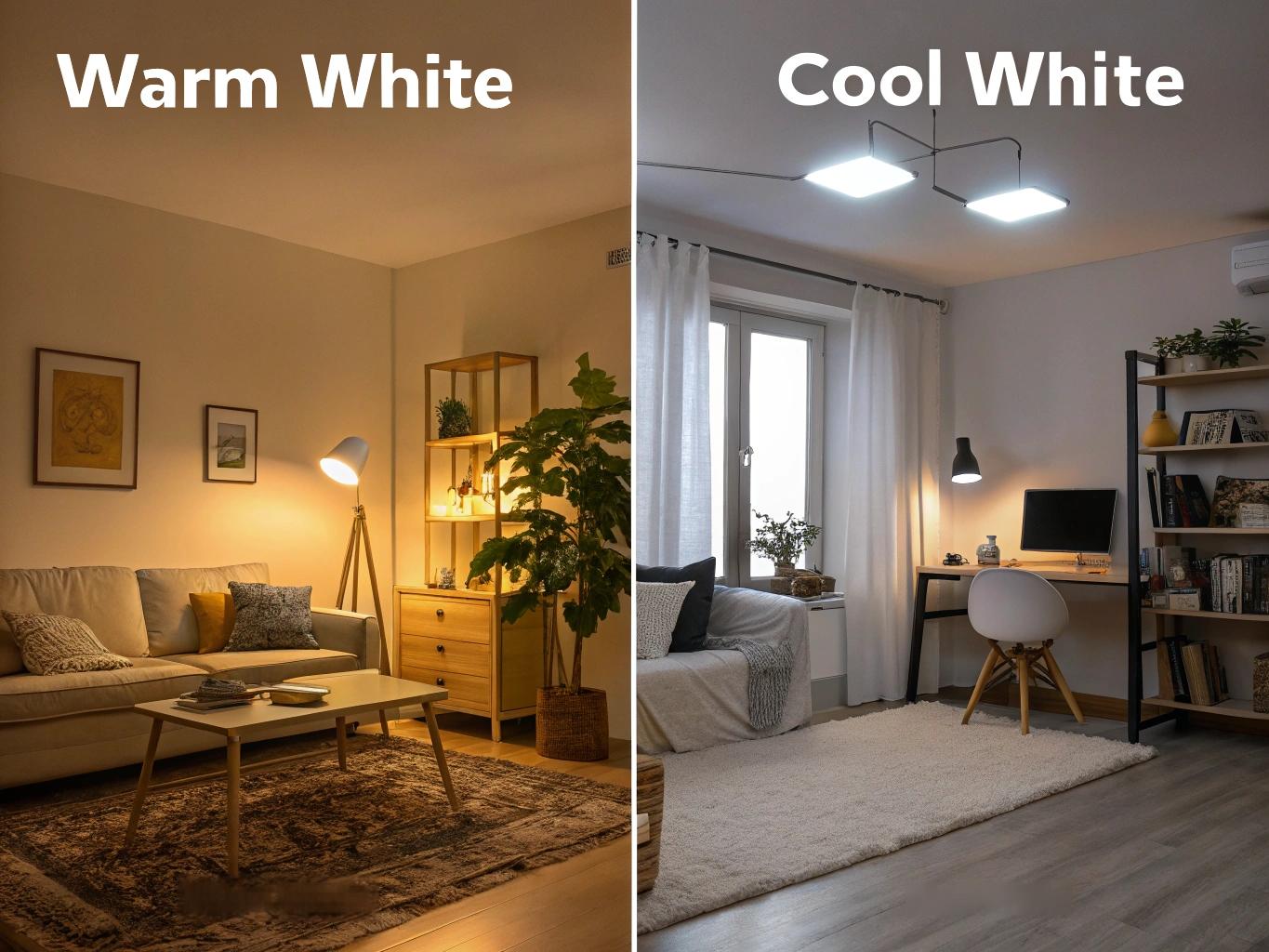
The right choice comes down to one question: what is the function of the space and what feeling do you want to evoke? For a technician like Nick, this is a critical decision. When he's lighting a high-end hotel lobby, a historic building facade, or an intimate theatre scene, he reaches for warm white. It makes people feel comfortable and relaxed. It suggests warmth and tradition. However, if he's lighting a modern product launch, a science museum exhibit, or a sterile lab set for a film, cool white is the clear winner. It communicates efficiency, cleanliness, and modernity. It makes colors appear crisp and clear. The light itself becomes part of the message. I always advise my clients to think about the emotions first, and the technology second. The "better" light is simply the one that tells the right story.
Your Goal Determines Your Choice
| If Your Goal Is... | ...Then Choose |
|---|---|
| Comfort, relaxation, intimacy, a classic feel | Warm White |
| Energy, focus, cleanliness, a modern feel | Cool White |
Conclusion
Warm white LED wall washers are a superb choice for creating welcoming and sophisticated environments. Ultimately, the best lighting isn't warm or cool—it's the one that's right for your design's purpose.
You may also be interested in:
